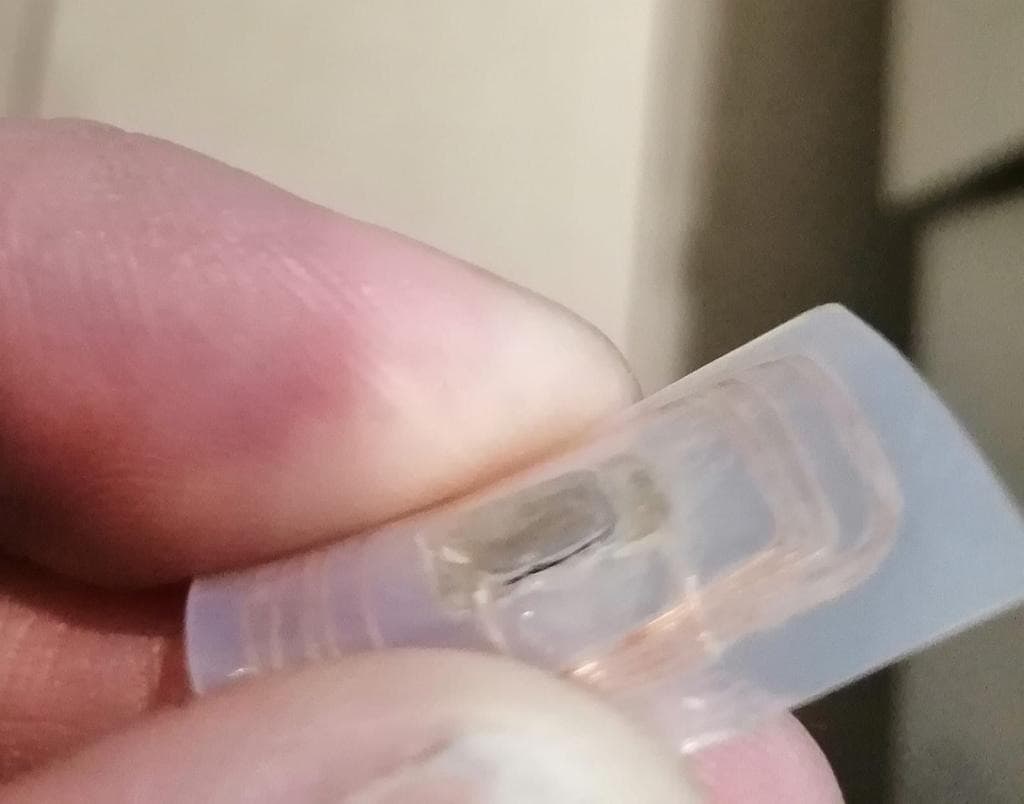This is a photo through the microscope of a Flex product that has been autoclaved.
An autoclave works by creating a high pressure, high temperature environment using steam inside an enclosed chamber. Think of it like a pressure cooker, only you’re cooking bacteria and viruses. Autoclaves are commonly used in doctors offices and professional body piercing and tattoo studios to ensure their metal implements are fully sterilized before being used on you.
Yes, some plastic devices can also be run through the autoclave to sterilize them, but what is not mentioned is that the plastic will not hold up to the temperature and pressure like metal instruments do, and basically the plastic is infiltrated by the steam. That means the steam vapor is forced into the plastic, and in many cases through the plastic. This infiltration in the plastic doesn’t matter though because plastic devices like plastic forceps or guide tubes which are run through the autoclave are single use, and they are thrown out afterward.
When it comes to implants though, this infiltration does two things;
Infiltration
Autoclaving a flex will force moisture through the plastic, compromising the internal components of the implant. You can see in the photo above that the chip has immediately began to rust. That reddish colored stuff under the plastic is not blood, it’s rust. This implant has never been inside anyone. We autoclaved it as a test to see what would happen.
Integrity loss
The plastic (biopolymer) is also damaged by the autoclave process. Our polymer is made of an interlocking chains and these are normally very resistant to water infiltration, however the high temperature and high pressure of the autoclave environment will force water molecules through the chains, disrupting the links and creating permanent pathways for moisture to migrate through the material.
This also changes the integrity of the plastic in general, creating brittleness. Here is an example of what can happen if an autoclaved flex device is then implanted and exposed to bodily fluid over time.

